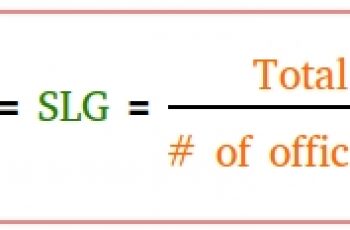What is % Error?
Before discussing how to calculate percentage error, let’s begin by defining it. Percentage error is the difference between absolute estimated value and the absolute actual value in comparison to the actual value and is expressed as a percentage.
Percentage errors tells you how big your errors are when you measure something in an experiment and its purpose of is to gauge how close a measured value is to a true value.
These errors could happen due to the imprecision of equipment, measurement, or some adjustments done in calculation methods like rounding off.
If the experimental figure obtained is lower than the accepted known figure, the percent error is negative. But since the final version has to be reported, the absolute value is considered, so the final value cannot be negative
Formula to Calculate % Error.
To calculate percentage error you use the following steps.
- Subtract the exact value from the approximate value to find the error which should be an absolute value.
- Divide the absolute error by the exact or ideal value. This will yield a decimal number.
- Convert the decimal number into a percentage by multiplying it by 100.
- Add a percent or % symbol to report your percent error value.

Example 1:
The exact length of a string is 2.25 cm. When using a ruler, a student got the length of the same ruler to be 2cm. Determine the percentage error in the measuring of the string.

Therefore, the percentage error in the measuring of the string is 11.11%.
Example 2:
In a BTS concert, it was estimated by the organizers that 9 million people would show up but in fact, 10.2 million people came to the concert. Calculate the per cent error in the guess value of organizers.

Thus, the % error is 12%.

